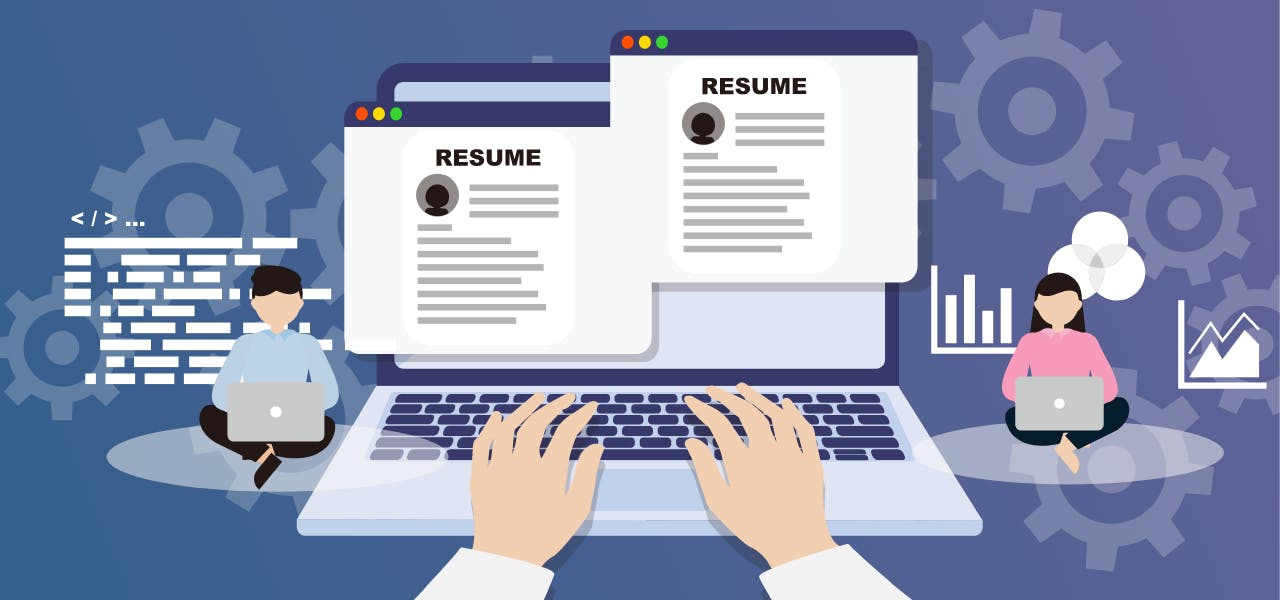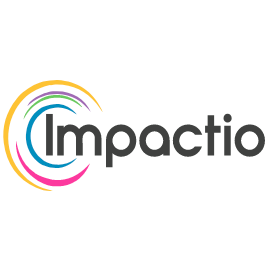Talent as a Service and Software Engineering: Filling the Gaps

Talent as a service (TaaS) is a new model for hiring that has been designed for quickly sourcing talent and getting those skilled individuals into contract roles and working on remote teams faster than ever before. While it is interesting to think about how the need for quick and accessible talent from around the globe will revolutionize the workforce, let’s first take a step back and examine how TaaS emerged as a model, and more specifically, how it is being applied to the software development industry.
TaaS and the history of remote hiring
Throughout the history of the workforce, jobs that become remote have done so methodically and at a pretty slow rate. The rate at which jobs were becoming remote before Covid-19, and the global pandemic, never really had much external pressure to do so other than to satisfy conditions at the task level and compete with other firms who were allowing their employees to work remotely.
Gallup has conducted many polls on the number of remote workers from about mid-March to the end of April, showing that as of March 13th, 31 percent of the U.S. workforce was working remotely. That number more than doubled and grew to 63 percent by April 20th, out of concern of the virus, but also because of legal, health, and safety compliance issues that forced employers to set remote working trends. This is new territory for the global workforce, which is being affected on all fronts and has led a “push” for new methods of hiring.
Thus it makes sense that TaaS has emerged as a new successful model during this paradigm shift of remote working, and the CS community and software development community (those who work on a cloud anyways) have taken advantage of it.
TaaS and Software Engineering
When we think about the ecosystem of software engineers and where they are working, some are working at major corporations and big brand organizations like Google and Uber, but many more are working with startups and on smaller teams looking for niche employment, offered in contracts that are feasible for the startup employer.
Likewise, many of these startups are searching for top talent to minimize risk on their operations. But this search has become a quest in itself for startups as there are many skills gaps with applicants and being able to access the right candidate at the right time takes too long when other firms are out-competing you. According to the January 2019 Gartner 4Q18 Emerging Risks Survey, “63 percent of respondents indicated that talent shortage was a key concern for their organization.”
That’s why the startup community, which employs many software engineers, needs quick talent, not just to compete with other disruptors in their respective industry, but also for the sake of knowledge when it comes to CS, coding, and other programming skills. TaaS as a model offers this relief through platforms like Impactian, and helps to close the skills shortage gap that is less of a “war on talent” and more of innovation in terms of user accessibility.
Impactian as a means for getting there
Platforms like Impactian can help firms and organizational leaders find top talent now in a matter of weeks, not months. This website offers many advantages for firms looking to hire the perfect developer or software engineer for their team. This is because becoming an Impactian is a pedigree in itself.
The process works by filtering which developers a firm is looking for, vetting candidates, and matching candidates for initial interviews. Impactian goes through a process of looking and filtering resumes, providing a coding exercise that furthers sets apart top talent, as well as an online Communications and English proficiency test, and one final Technical Project Challenge. Developers that “pass” through these hurdles become an Impactian, which is how top talent is then recognized.
This whole process comes as the “service” part of TaaS and shows how factoring into the equation platforms like Impactian is changing the workforce and closing the skills gap managers have been worried about.
Related Articles

Talent as a service (TaaS) is a new model for hiring that has been designed for quickly sourcing talent and getting those skilled individuals into contract roles and working on remote teams faster than ever before. While it is interesting to think about how the need for quick and accessible talent from around the globe will revolutionize the workforce, let’s first take a step back and examine how TaaS emerged as a model, and more specifically, how it is being applied to the software development industry.
TaaS and the history of remote hiring
Throughout the history of the workforce, jobs that become remote have done so methodically and at a pretty slow rate. The rate at which jobs were becoming remote before Covid-19, and the global pandemic, never really had much external pressure to do so other than to satisfy conditions at the task level and compete with other firms who were allowing their employees to work remotely.
Gallup has conducted many polls on the number of remote workers from about mid-March to the end of April, showing that as of March 13th, 31 percent of the U.S. workforce was working remotely. That number more than doubled and grew to 63 percent by April 20th, out of concern of the virus, but also because of legal, health, and safety compliance issues that forced employers to set remote working trends. This is new territory for the global workforce, which is being affected on all fronts and has led a “push” for new methods of hiring.
Thus it makes sense that TaaS has emerged as a new successful model during this paradigm shift of remote working, and the CS community and software development community (those who work on a cloud anyways) have taken advantage of it.
TaaS and Software Engineering
When we think about the ecosystem of software engineers and where they are working, some are working at major corporations and big brand organizations like Google and Uber, but many more are working with startups and on smaller teams looking for niche employment, offered in contracts that are feasible for the startup employer.
Likewise, many of these startups are searching for top talent to minimize risk on their operations. But this search has become a quest in itself for startups as there are many skills gaps with applicants and being able to access the right candidate at the right time takes too long when other firms are out-competing you. According to the January 2019 Gartner 4Q18 Emerging Risks Survey, “63 percent of respondents indicated that talent shortage was a key concern for their organization.”
That’s why the startup community, which employs many software engineers, needs quick talent, not just to compete with other disruptors in their respective industry, but also for the sake of knowledge when it comes to CS, coding, and other programming skills. TaaS as a model offers this relief through platforms like Impactian, and helps to close the skills shortage gap that is less of a “war on talent” and more of innovation in terms of user accessibility.
Impactian as a means for getting there
Platforms like Impactian can help firms and organizational leaders find top talent now in a matter of weeks, not months. This website offers many advantages for firms looking to hire the perfect developer or software engineer for their team. This is because becoming an Impactian is a pedigree in itself.
The process works by filtering which developers a firm is looking for, vetting candidates, and matching candidates for initial interviews. Impactian goes through a process of looking and filtering resumes, providing a coding exercise that furthers sets apart top talent, as well as an online Communications and English proficiency test, and one final Technical Project Challenge. Developers that “pass” through these hurdles become an Impactian, which is how top talent is then recognized.
This whole process comes as the “service” part of TaaS and shows how factoring into the equation platforms like Impactian is changing the workforce and closing the skills gap managers have been worried about.
